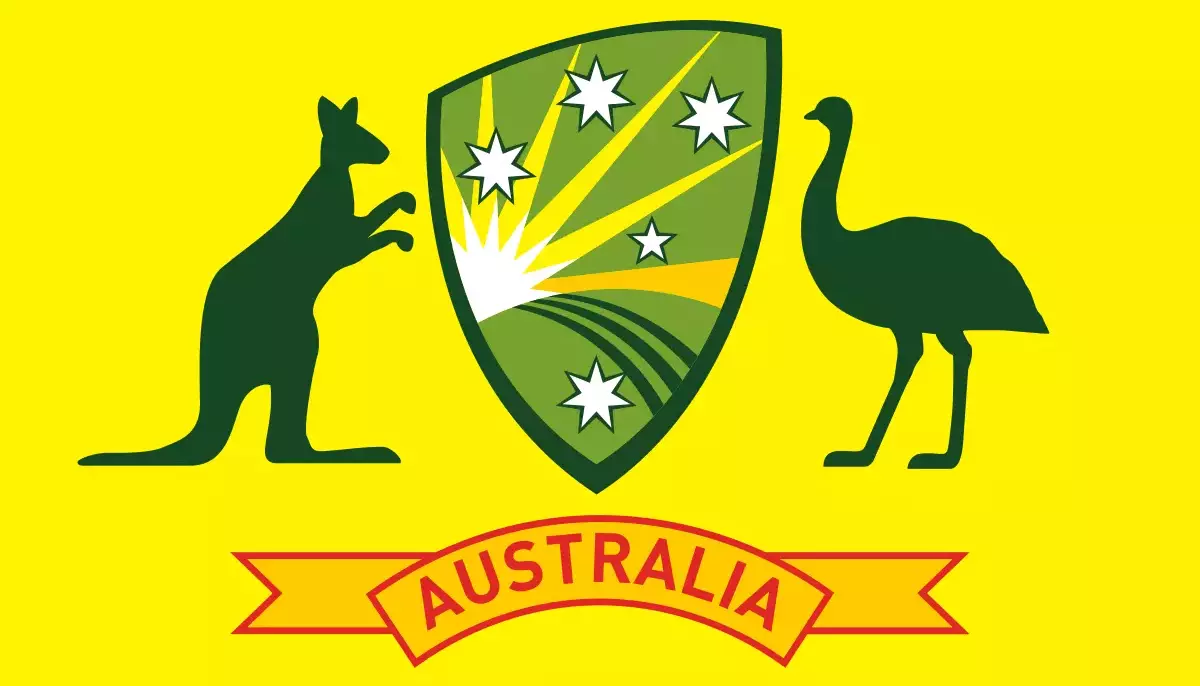In the intricate game of cricket, field positions play a vital role in shaping the strategies and outcomes. Among these positions, ‘long on’ holds significance due to its specific role in both fielding and bowling tactics.
This article aims to delve into the definition and function of ‘long on’ within the game. By examining various scenarios where ‘long on’ is effectively utilized, this analysis seeks to provide a comprehensive understanding of its importance in cricket strategy.
- Long on is a fielding position in cricket that is strategically placed near the boundary line to prevent batsmen from hitting straight down the ground and to reduce scoring opportunities.
- The primary role of long on is to support bowlers by creating pressure, restricting runs, and providing defense against powerful shots.
- Long on contributes to effective fielding and bowling strategies by preventing singles, encouraging batsmen to play lofted shots, and creating mistimed shots.
- Additionally, long on plays a crucial role in capturing potential catches, saving boundaries, and limiting runs by being positioned correctly and strategically near the boundary line.
Explanation of Cricket Field Positions
The explanation of cricket field positions involves the arrangement and placement of players on the field in specific areas to strategically defend against the opposing team’s batting and maximize their chances of taking wickets.
Fielding is a crucial aspect of cricket, as it plays a significant role in restricting the scoring opportunities for the batting team. There are various different fielding positions in cricket, each with its own strategic purpose.
One such position is known as ‘long on.’ This position refers to a player stationed near the boundary line, slightly towards the leg side from where the bowler delivers the ball.
The primary objective of having a fielder at long on is to prevent batsmen from hitting straight down the ground or over mid-on region for boundaries or sixes.
By positioning a player deep at long on, teams aim to reduce scoring opportunities for batsmen by making it difficult for them to clear that area with powerful shots.
Transition: Now that we have discussed the explanation of cricket field positions, let us delve into defining and exploring the role of ‘long on’ in more detail.
Definition and Role of ‘Long On’ in Cricket
One important position on the field in the sport of cricket, known as long on, has a particular role that contributes to team strategy.
Long on is a fielding position typically located near the boundary line between the midwicket and extra cover areas. This position plays a crucial role in both fielding and bowling strategies.
Here are four key points to understand about long on:
- Field Coverage: Long on covers an area towards the leg side, allowing for better coverage of potential hits towards that region.
- Boundary Protection: Being positioned near the boundary line, long on serves as a line of defense against powerful shots hit towards that direction.
- Strategic Placement: Long on is strategically placed to prevent singles and force batsmen into taking more risks when attempting boundaries.
- Support for Bowlers: This position provides support to bowlers by creating pressure through effective fielding and reducing scoring opportunities.
The importance of long on in fielding and bowling strategies lies in its ability to restrict runs, create pressure, and provide support to bowlers in maintaining control over the game.
By understanding the role of this fielding position, teams can develop effective strategies that maximize their chances of success.
Importance of ‘Long On’ in Fielding and Bowling Strategies
An understanding of the role and significance of the fielding position known as long on contributes to the development of effective strategies in both fielding and bowling.
Long on is a strategic fielding position in cricket that is located towards the boundary, directly in front of the batsman’s line of sight.
This position is crucial as it allows for strategic positioning to counteract shots aimed at hitting the ball straight down the ground.
The fielder positioned at long on must possess strong fielding techniques and agile movement skills to cover a significant portion of the outfield.
The placement of a fielder at long on serves multiple purposes. Firstly, it provides additional coverage against powerful hits that are directed towards this region.
Secondly, it creates pressure on batsmen who may be tempted to play lofted shots down the ground due to its close proximity to their line of sight.
Additionally, by having a fielder stationed at long on, bowlers can be encouraged to bowl fuller lengths outside off-stump or make use of slower deliveries aiming for mistimed shots.
Examples of situations where ‘long-on’ is utilized in the game include when a batsman attempts aggressive strokes such as drives or flat-batted shots straight down the ground.
In these instances, having an alert and agile player stationed at long on can result in important catches or prevent boundaries from being scored.
Examples of Situations Where ‘Long On’ is Utilized in the Game
Examples of situations where the fielding position known as long on is utilized in the game include when a batsman attempts aggressive strokes such as drives or flat-batted shots straight down the ground.
Strategies for positioning fielders in cricket are crucial in limiting the opposition’s run scoring opportunities. One key strategy involves placing a fielder at long on, which is typically positioned towards the boundary on the leg side.
The role of long on is to provide coverage and restrict runs when the batsman takes aim at hitting powerful shots down the ground.
To illustrate this, consider a situation where a batsman decides to play an attacking shot by driving the ball straight back towards the bowler.
In this scenario, having a fielder stationed at long on provides an opportunity to catch or intercept any aerial shot that may go over the bowler’s head.
Similarly, if the batsman executes a flat-batted shot along the ground with significant power, it becomes crucial for long on to be well-positioned near the boundary line to stop or limit runs from being scored.
The following table showcases different scenarios where ‘long on’ can come into play:
| Situation | Description | Role of Long On |
|---|---|---|
| Batsman hits a powerful drive | Fielder needs to be positioned correctly in order to take catches and prevent boundaries or high-scoring shots | To restrict runs and capture potential catches |
| Batsman plays a flat-batted shot | Fielder should be stationed near or at least closer to boundary line | To save boundaries and limit runs |
Final Thoughts on ‘Long On’
Cricket, a game rich in tradition and strategy, involves various field positions that play a crucial role in the overall gameplay. One such position is ‘Long On’, which holds significant importance in both fielding and bowling strategies.
Positioned at a distance from the batsman, ‘Long On’ serves as a key defensive player who aims to catch or stop powerful shots hit towards the boundary.
Just like a vigilant sentinel guarding its post, ‘Long On’ diligently safeguards the team’s interests by preventing scoring opportunities for the opponents.
In conclusion, cricket’s ‘Long On’ position exemplifies the art of defensive play in an allegorical sense. Like an unyielding fortress wall standing tall against onslaughts, this position acts as a shield for the team’s defense, ensuring that no easy runs are scored.
Its role not only signifies strength but also intelligence and strategic acumen on the part of the fielding side. The presence of ‘Long On’ adds depth to cricket’s intricate tapestry and enhances its allure as a sport where every position has a purpose and significance.
Frequently Asked Questions: Long On
How many players are typically positioned in the 'Long On' fielding position?
Typically, one player is positioned in the 'long on' fielding position in cricket. The role of the 'long on' fielder is to cover the area towards long-on and provide support to other fielders.
What are the responsibilities of the 'Long On' fielder during a cricket match?
The position of the 'long on' fielder in cricket significantly affects the team's overall fielding strategy. By strategically positioning themselves deep on the leg side, they provide support to prevent boundaries and save runs by using techniques such as diving catches or quick throws.
What are some alternative names for the 'Long On' fielding position?
The 'long on' fielding position in cricket is also referred to as deep mid-on or the straight boundary. The long on fielder plays an important role in covering the area around the straight boundary and providing support to the bowlers.
Can the 'Long On' fielder also be involved in catching opportunities?
The 'long on' fielder can indeed be involved in catching opportunities as well as run outs. Their position allows them to cover a large part of the outfield and make important contributions to the fielding efforts of their team.
Are there any specific skills or attributes required to excel in the 'Long On' fielding position?
The 'long on' fielding position in cricket requires a combination of skills such as agility, strong throwing arm, and excellent judgment of the ball's trajectory. Proper positioning is crucial to effectively cover the boundary and restrict runs.











